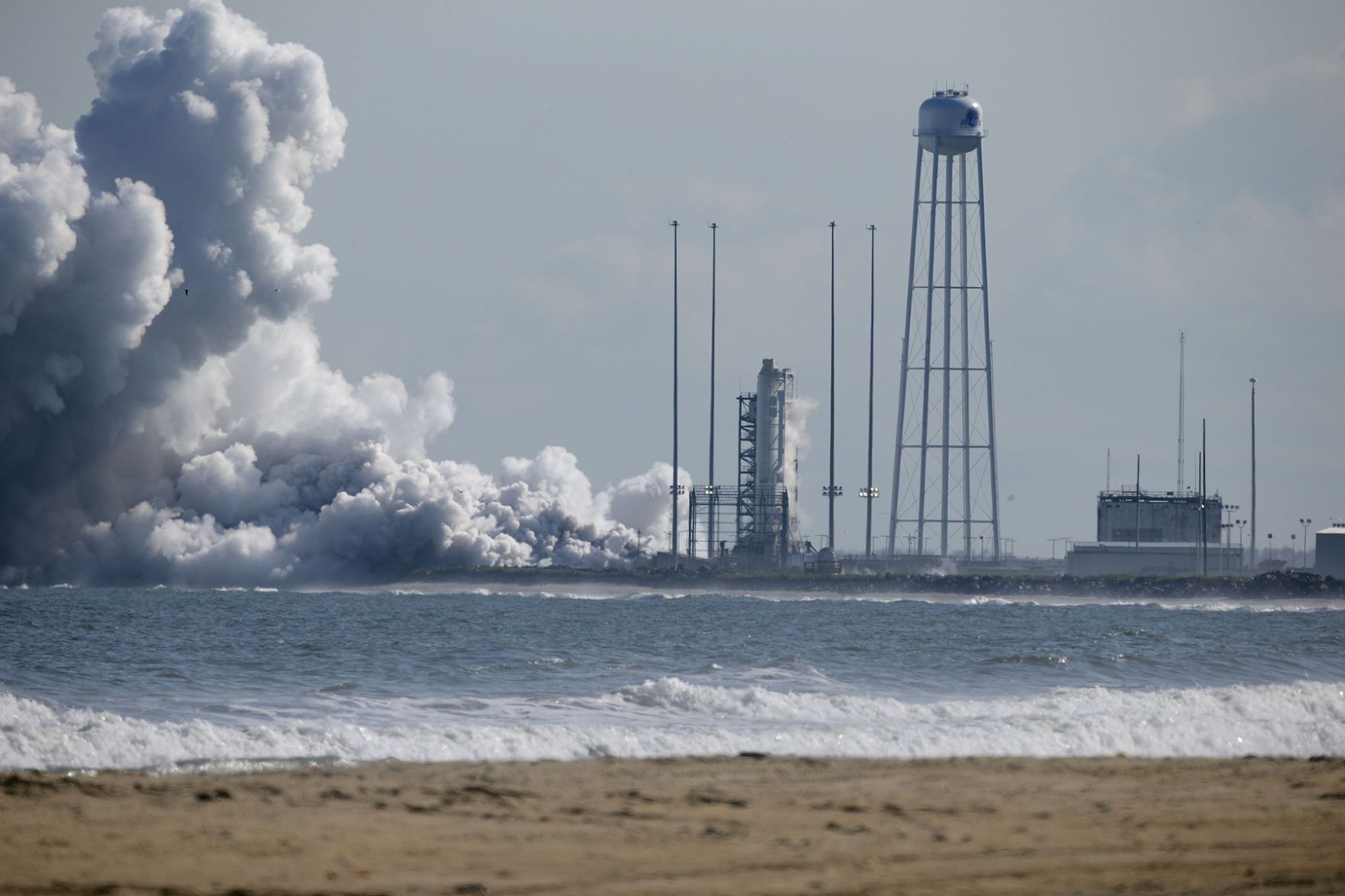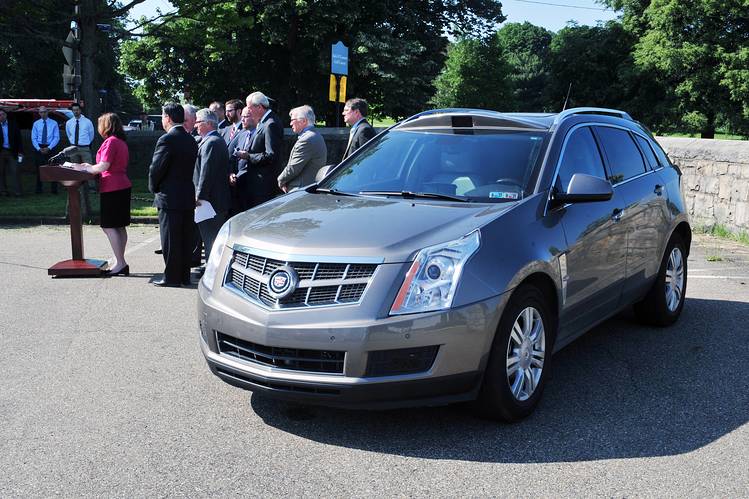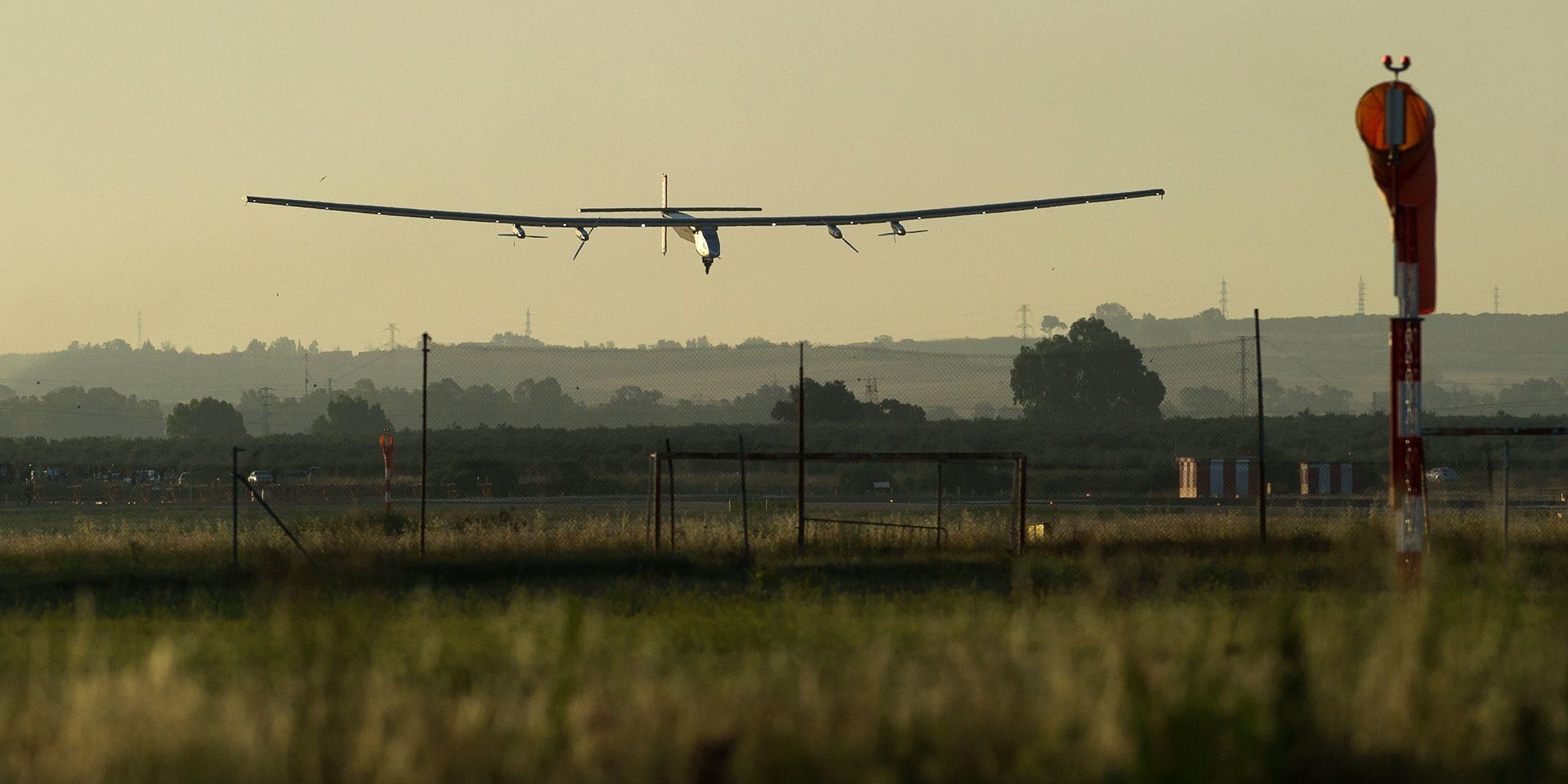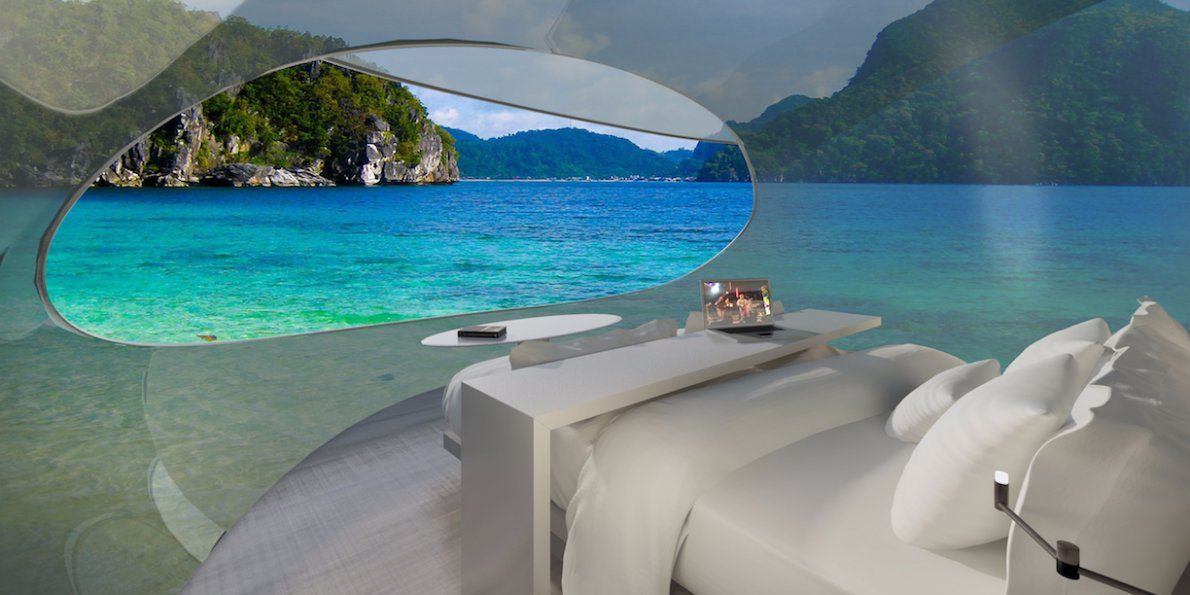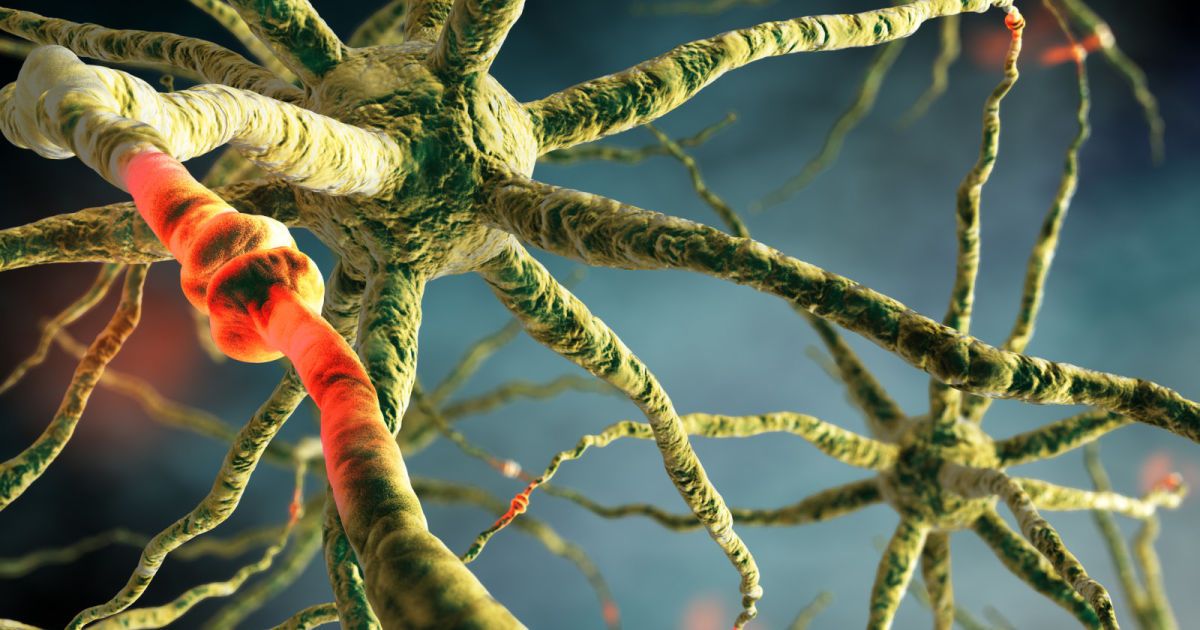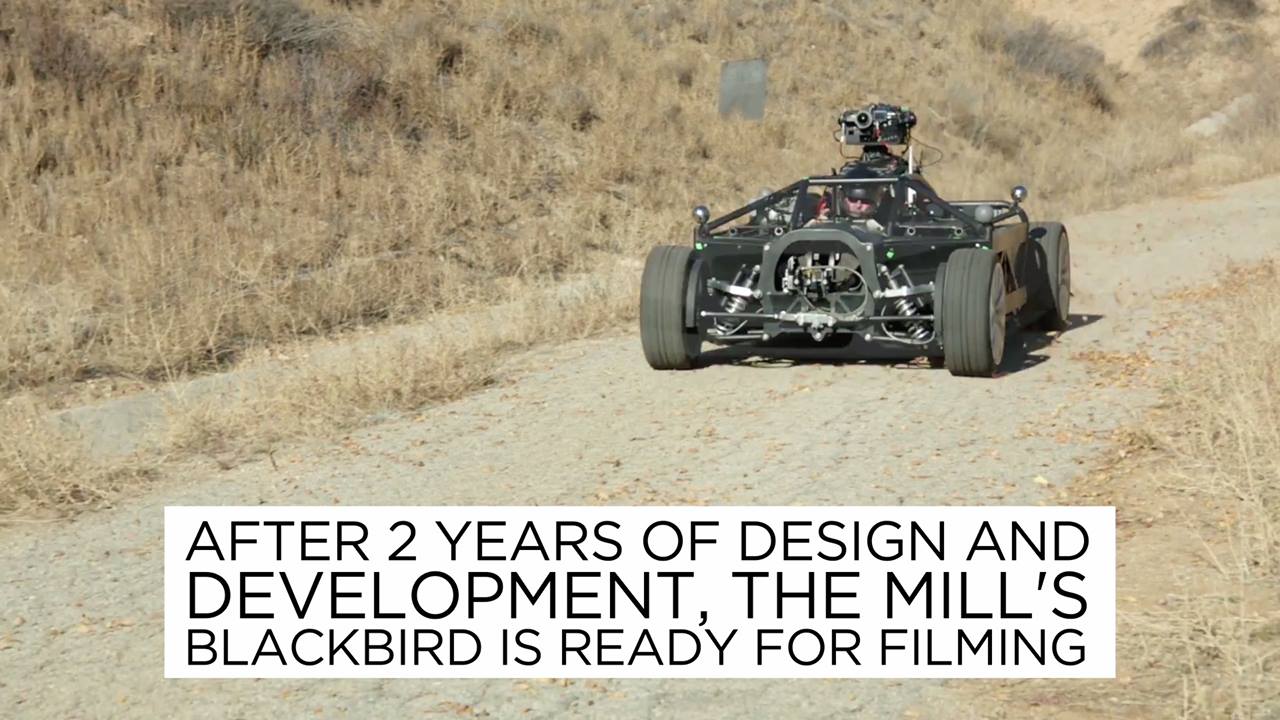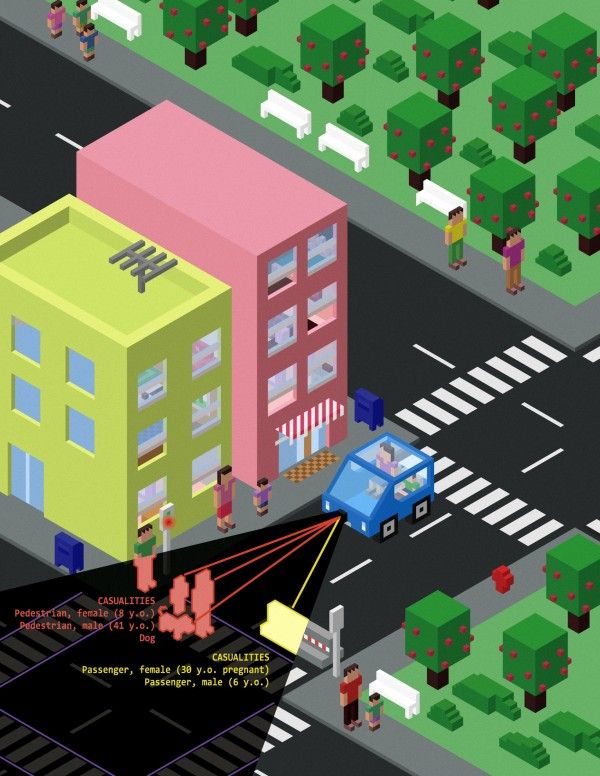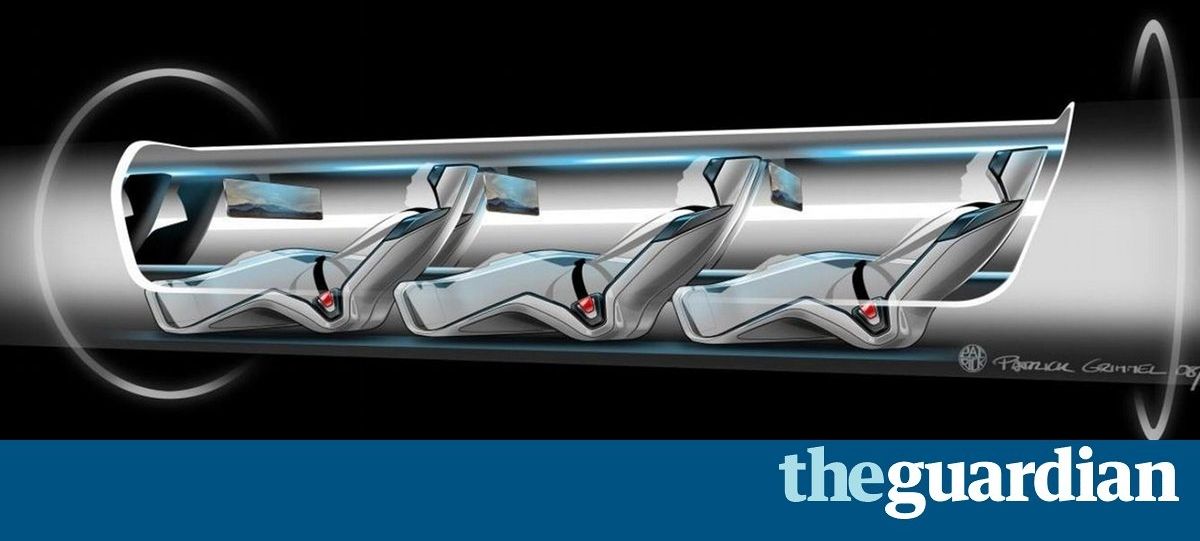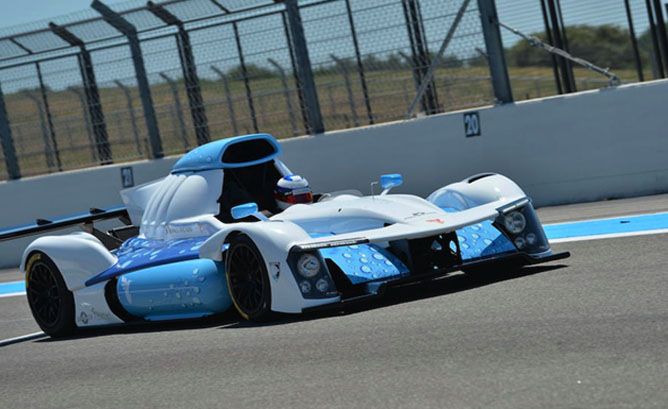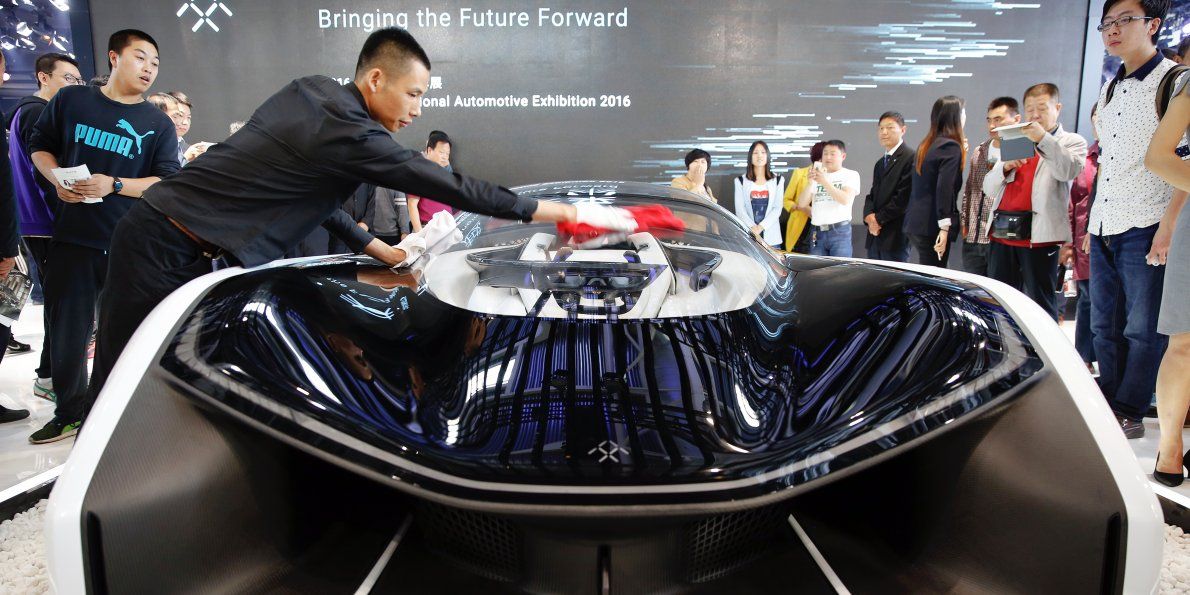WALLOPS ISLAND — With space station resupply launches expected to resume in August and a runway under construction for testing drone flights, Virginia is looking at another opportunity to lure a major federal research program to the state’s expanding spaceport complex on this Eastern Shore barrier island.
The U.S. Department of Homeland Security is expected to begin looking for a place to base a new “science and technology testing ground” for unmanned vehicle systems — operating in the air and underwater — and boosters say the regional spaceport would be an ideal fit.
“What better place to do it than here?” said Peter Bale, chairman of the Wallops Island Regional Alliance, as members of the House Appropriations Committee visited last week.
